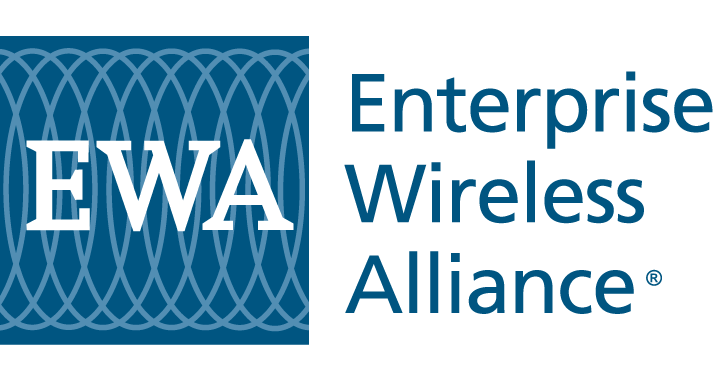Greater Flexibility at 900 MHz?
On October 2, the Enterprise Wireless Alliance (EWA) filed individual comments, in addition to Joint Comments with pdvWireless, Inc. (PDV), in response to the Federal Communications Commission (FCC) Notice of Inquiry to the proposed realignment to the 900 MHz band. EWA fully endorses the positions set out in the Joint Comments except as noted in its individual comments.
EWA believes that the “best and highest use for the American public” of the 900 MHz band is the proposed realignment that will allow Private Enterprise (PE), including Critical Infrastructure Industry (CII), entities optimal flexibility by preserving spectrum for continued narrowband use while creating an opportunity for private carrier broadband networks. EWA is convinced that many of its members and other private land mobile radio (PLMR) entities must have access to broadband capability that meets their specialized requirements, whether for coverage, reliability, security, or other factors. Commercial broadband networks provide exceptional service for the consumer marketplace, but they do not always conform to the more demanding criteria of PE users.
EWA reaffirmed its view that narrowband PLMR systems will continue to play a vital role in addressing the communications requirements of the PE community for the foreseeable future. The introduction of more efficient and feature-rich digital equipment in recent years has allowed American businesses to enjoy enhanced capabilities. This improved functionality enables them to operate more efficiently and competitively. For that reason, the Alliance recommends that the FCC conduct overlay auctions in markets where at least 80 channels remain available (within the FCC’s inventory) to licensees for both broadband and wideband systems. The opportunity to deploy wideband technologies may assist PE entities that have data requirements that cannot be met on narrowband channels. This auction proposal for smaller blocks of unused spectrum supported by EWA does not propose the mandatory relocation of incumbents on spectrum available for wideband use. Incumbents would be free to continue operating narrowband systems unless they came to a voluntary agreement with the auction winner. To accommodate future need for narrowband systems, in the Joint Comments EWA/PDV recommend reserving until 2025 ten narrowband (12.5 kHz) channels, if available, in the event that an incumbent or new entrant has a need for narrowband capacity.
The one area in which EWA recommended a different approach than proposed in the EWA/PDV Joint Comments, is the geographic size of the spectrum to be auctioned. EWA recommends using basic Economic Areas (BEAs), rather than retaining the Major Trading Areas (MTAs) proposed in the Joint Comments. Smaller geographic areas are better suited to the coverage requirements of PE entities than are large MTAs. In addition, EWA suggests that all future rule changes and allocations associated with the Part 90 services pose minimal restrictions on eligibility. Once channels have been designated in the rules as available for a designated use, it is a laborious, costly, lengthy, and too often futile exercise for “non-eligible” entities seeking access to those channels, even if they are not in use in the requested area and have not been for an extended period. The result is that valuable spectrum lies fallow when it could be placed into productive use. Reply Comments are due November 1.
About the Enterprise Wireless Alliance
EWA is an FCC-certified frequency advisory committee that provides license preparation, spectrum management and associated services to business enterprises, private carriers, public safety entities and wireless sales and service organizations. Membership within EWA is open to users of wireless communications systems, vendors, system operators and service organizations. Additional information about membership and services is available at www.enterprisewireless.org.
